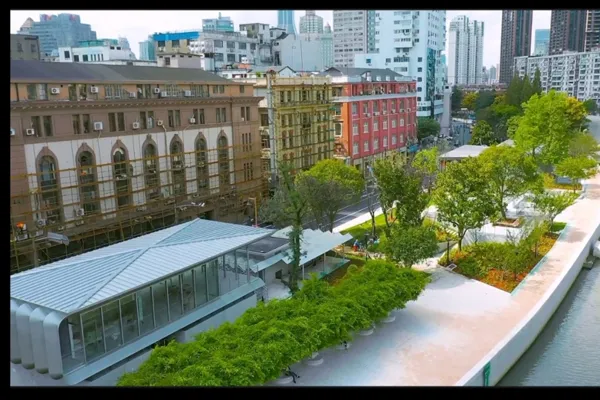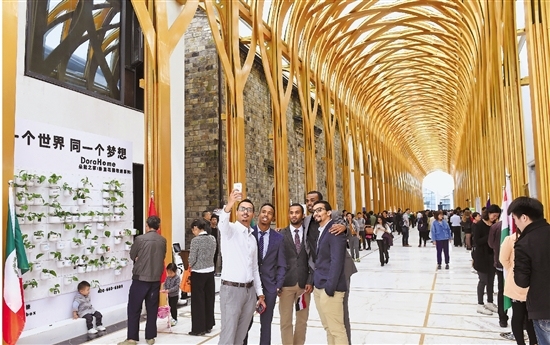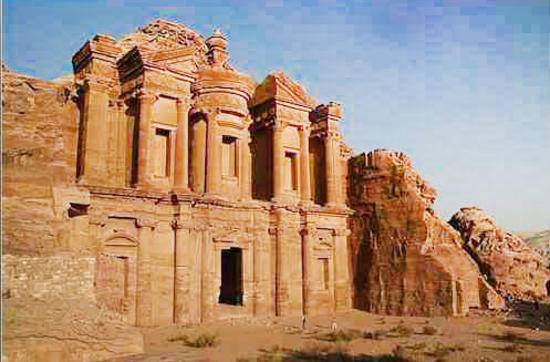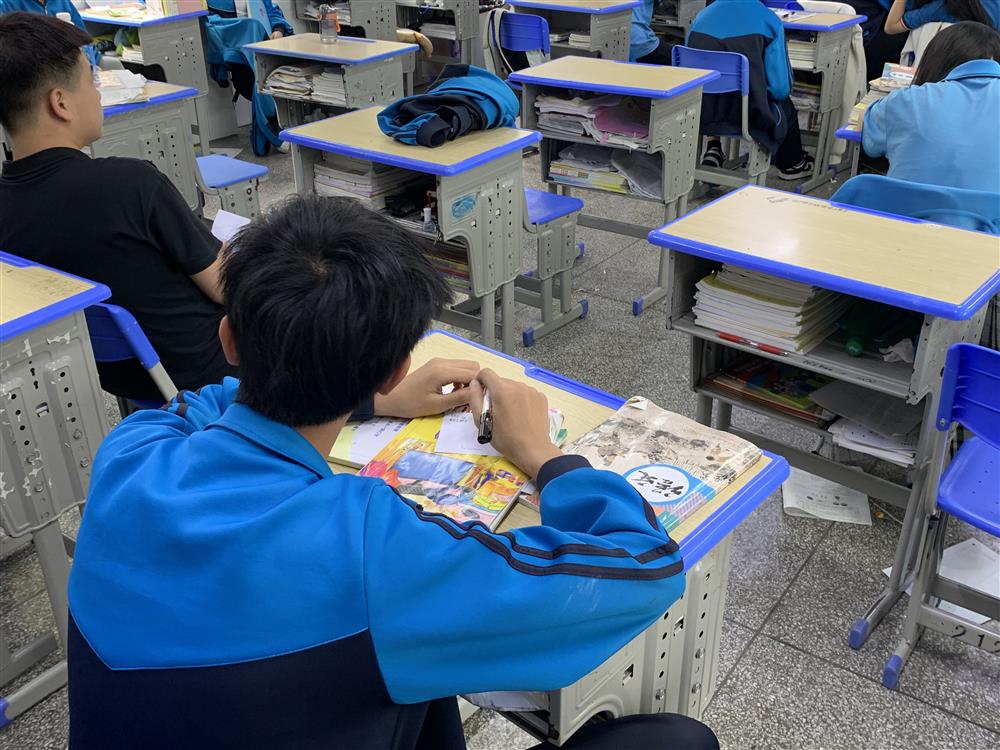Let the city enter a more delicate and warm new era, these designs
There are inevitably some nooks and crannies along the "river", such as abandoned small buildings, old public toilets, old shift rooms, etc. How to update these "old and broken" and what they will be used for after the update requires a lot of thought.
Nowadays, they have been transformed into "Eye of the Su River" and "Sakura Valley". They are not only used as riverside inns, but also used as community public facilities to serve surrounding citizens.
Will the combination of the two bring new sparks and inspiration to the waterfront space?
First, expand to a wider area, and on the basis of understanding the value of location diversity, always consider the individual building and the surrounding environment together;
The second is to extend to the later stage, consider the various possibilities of actual owners and future owners, and leave room for use after completion.
For example, a "green house" is not only designing a single building, but also considering it in a dialogue with the surrounding natural environment and historical and cultural environment. It also considers how people in the house see the scenery, how it is seen from high places, and how it is viewed from low places. How to look at it, and how to deal with its relationship with culture and history.
The first floor is the relationship with the river, the second floor is the relationship with the trees, and the top floor is the relationship with the river bend, Sihang Warehouse, and the city skyline;
How are the views between the corridor and the perennial trees, how are the views between the gym and the four-row warehouse, etc.
The three-sided glass of Sakura Valley Inn also introduces the surrounding Bund landscape, creating the most beautiful scenery of its own.
Such updates are very worthy of promotion. The appearance of the building does not have to be so unique, and it does not have to have an eye-catching shape. Maximize the use of the natural, historical and cultural value of the riverside landscape, and maximize the space to serve the people. The "green house" not only has community health stations, canteens, and elderly care services, but also introduces cafes, gyms, rooftop activities, etc.
The optional movements of the street outside the prescribed lines make the space flexible and can accommodate diverse functions and diverse groups of people, creating a richer urban life scene.
In the traditional concept, the buildings of street activity centers are closed and old, and middle-aged and elderly community residents have more access. Binjiang Inn provides basic resting services for citizens and tourists.
Now that the two are combined, there are more possibilities to imagine in terms of openness, sharing, breaking the circle of people, and even the innovative integration and improvement of functional content. It can even be considered uniformly in the cultural, tourism and commercial connection system at the city-wide level.
Therefore, I would like to appeal whether Shanghai can form some top-level design mechanisms and models, instead of being accidental or letting architects use their feelings as "gifts". Whether incubating these valuable small projects and cultivating community designers can explore a path to radiate experience across the country is something Shanghai, which is at the forefront of urban renewal in the country, should think about.





